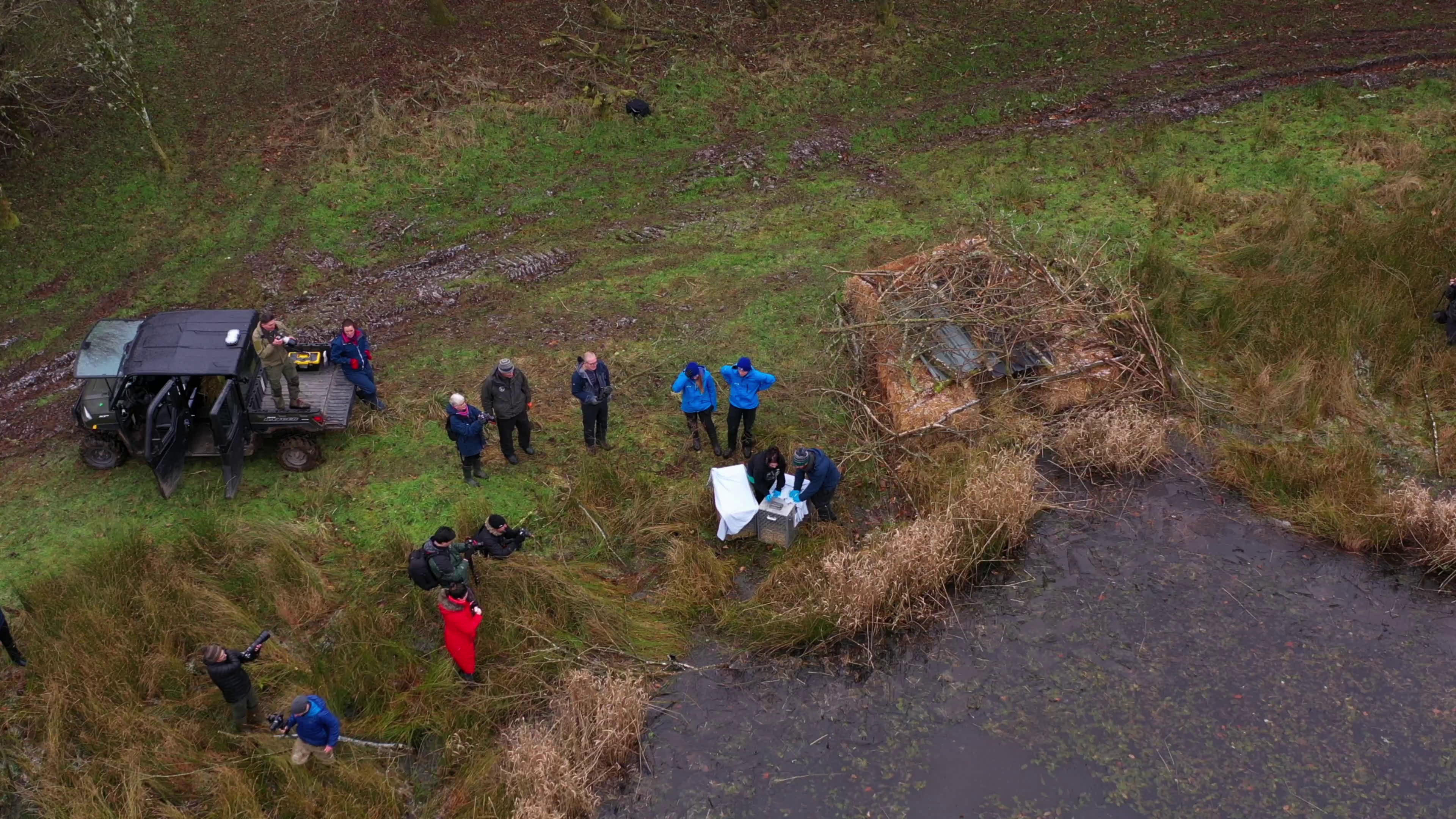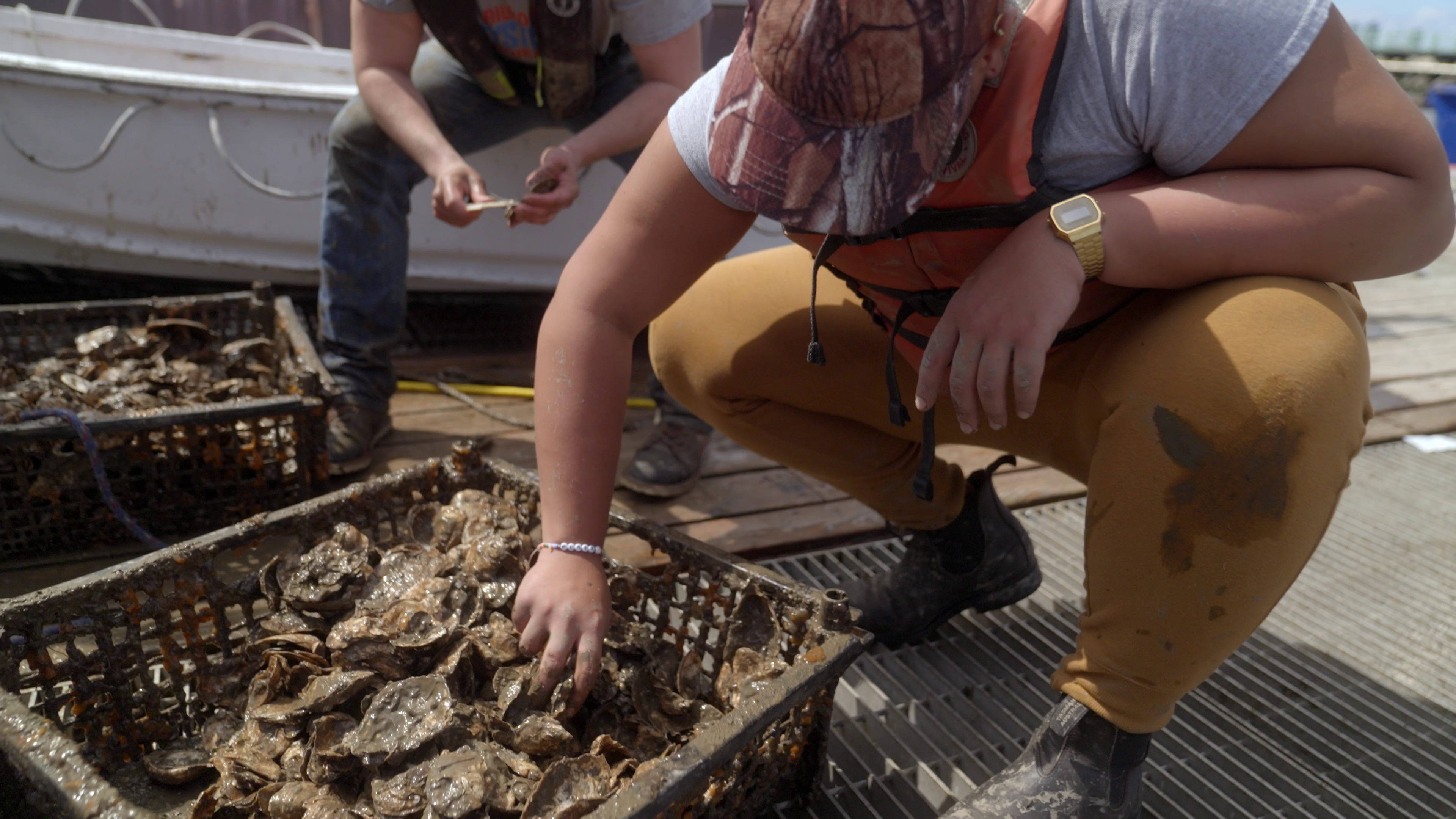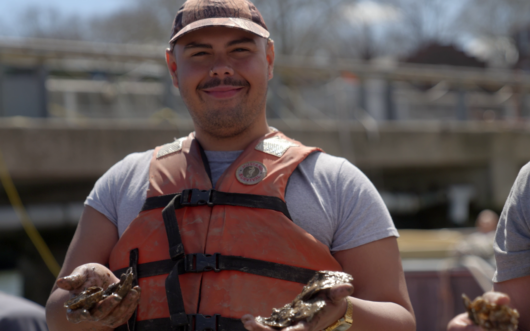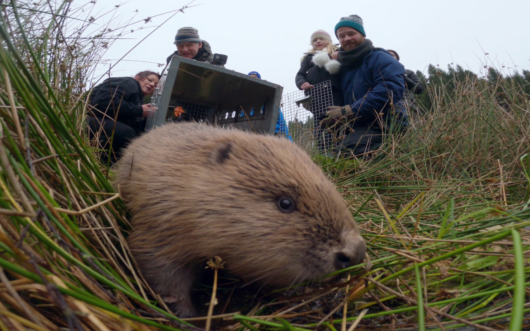Beavers, alligators, and oysters build homes for themselves—and others
When we think about how living things affect each other, we often focus on who is eating whom—like the predators and prey in food webs. But there’s another way plants and animals influence the lives of others: by transforming their surroundings. These “ecosystem engineers” build, dig, and even poop new environments into existence, creating homes for themselves and others.
What are ecosystem engineers?
Nature is replete with ecosystem engineers, from beavers building dams to corals forming reefs. These industrious lifeforms create new physical surroundings for themselves and other creatures, which alter environmental conditions like temperature, moisture, and shade. By rebuilding the world around them, ecosystem engineers create complex habitats where many kinds of creatures can thrive.
“When we think of what, say, a beaver does in the ecosystem, it’s not the fact that they’re eating trees that’s having the big impact. It’s that they’re cutting the trees down and damming the rivers,” says Justin Wright, a biologist at Duke University. Beaver dams, which can go up in a week or less, form ponds and wetlands: new habitat for water-loving birds, amphibians, and plants. (You can watch this happen in the Wild Hope episode, Beaver Fever.)
Another landscape architect is the American alligator, whose underground burrows can extend up to 20 feet. Rabbits, deer, armadillos, otters, snakes, and even birds have all been caught on camera using the burrows, which are often flooded with water. During dry weather, the animals use these burrows as drinking wells—and they may also use them for other purposes, including shelter.
If you find a cool hole in the ground, says Yetke, “Maybe don’t put your hand in it. But, you know, take a peek and ask questions,” she says.
Organisms don’t have to have super-sized effects to qualify as ecosystem engineers. When you leave a muddy footprint in the yard, says Wright, even that is a kind of ecosystem engineering—the footprint is a new physical structure that changes how water collects inside. All living things leave their mark on the world. But some of them barely make a difference, while others transform vast regions.
How engineers build communities
Engineered habitats can boost biodiversity by creating a “patchwork” of ecosystems where previously only one existed. By looking at large areas with and without beaver ponds, for example, Wright found that those with beaver ponds boasted 30% more non-woody plant species compared to the areas without them. The pond-filled habitats don’t support more species on their own. But in large areas, they do increase the diversity of habitats—each of which can support a different set of species.
Some ecosystem engineers reshape the landscape with their own bodies. Coral reefs are like 3D graveyards composed of the skeletons of billions of coral polyps—the ancestors of the live polyps that crown the reef’s top. Coral reefs alter water currents, steer sediment buildup, and serve as the bedrock for one of the most biodiverse ecosystems on earth. Their countless nooks and crannies provide places where thousands of creatures can find food, reproduce, and hide. Oyster reefs function similarly.
But some of the most overlooked ecosystem engineers may be trees. Forests shade the understory, shift wind and weather patterns, and create homes for millions of species.
Engineering wisdom
The more scientists learn about ecosystem engineers, the more they realize how deft some are at reshaping—and restoring—degraded or lost landscapes. Sometimes the easiest way to restore an ecosystem is to reintroduce the engineer that built it in the first place. “You put these organisms back into the environment, and one of the things that they do is start engineering again,” says Clive Jones, an ecologist and Emeritus Senior Scientist at the Cary Institute of Ecosystem Studies in Millbrook, New York.
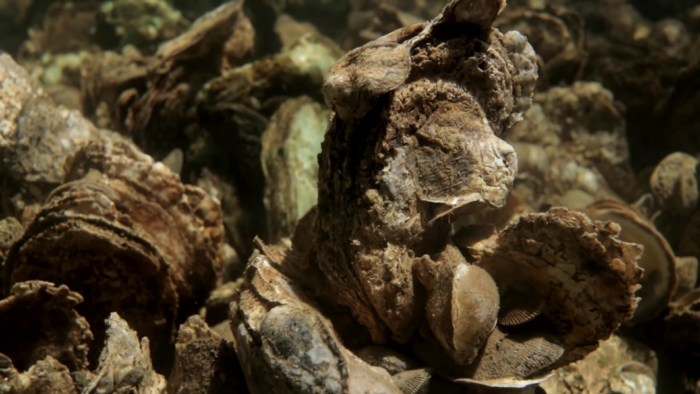
For example, to restore an oyster reef, you can simply sink bundles of oyster shells in a bay and seed them with oyster larvae. Baby oysters attach themselves to the shells and siphon off building materials as they grow their own adult shells. (You can watch this happen in The Big Oyster.)
Similarly, to rebuild wetlands, we could send in an expensive construction brigade—or simply reintroduce beavers. Says Jones, “why go to the trouble? Just get the beaver to do it for you.
How else do species engineer their habitats?
- In Israel’s Negev Desert, some snails eat rock, grind it into dust in their digestive tracts, and then poop it out. What they’re really after is lichens in the rock, but their collective poop helps build the desert, contributing up to 1,000 pounds of soil per acre per year.
- Red-cockaded woodpeckers are the only woodpeckers that carve nest cavities into living pine trees. Abandoned cavities are used by at least 27 other species, including ducks and squirrels.
- Some moth caterpillars sew oak leaves together to make shelters. These double as homes for other insects, increasing the number of insect species on the whole tree.
- Gopher tortoises live in longleaf pine forests that naturally burn every few years. That may help explain why they dig extra-deep burrows for shelter—burrows borrowed or shared by more than 300 other species.
- American bison love to roll around on their backs. That packs down dirt and helps it retain water, creating “wallows” that can serve as miniature wetlands on the prairie.
- Humans are the ultimate ecosystem engineers—and not always in a good way. When we dam rivers, clear forests, build roads, and raise cities, we destroy habitats and often create less diverse ones in their place, harming many species but benefitting critters such as pigeons and cockroaches.
Curious to see how oysters are transforming New York Harbor?

